End of Naxalism Is Near
Is this the final blow to Naxal terror in Bharat’s heartland? Read the article to find out!
Total Views |
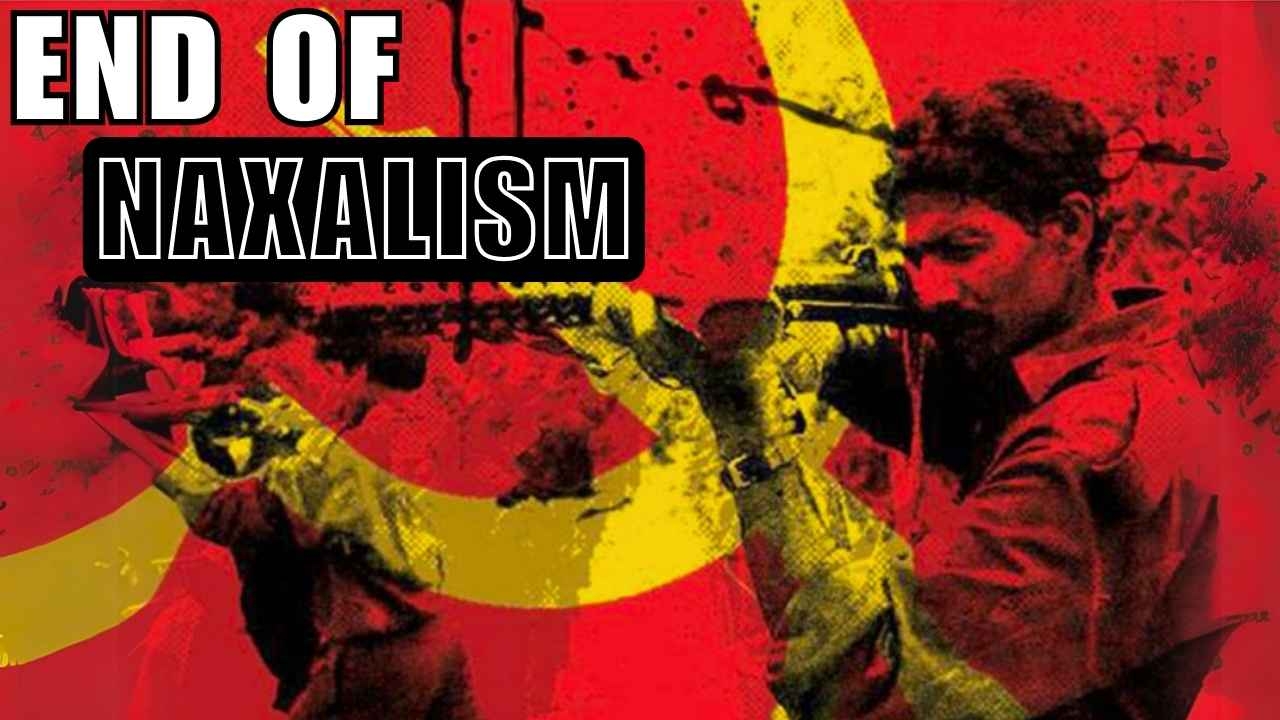
In a remote corner of central Bharat, a long and painful chapter of violence may finally be coming to a close. Naxalism, also known as Maoist insurgency, has haunted the forests of Chhattisgarh, Telangana, and other states for decades. But now, for the first time in years, there is genuine hope that its end is within reach.
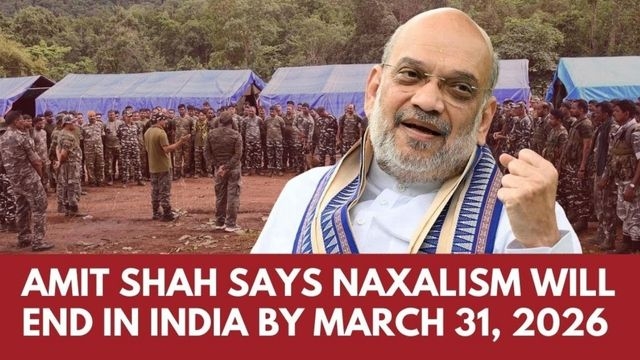
Bharat’s Home Minister Amit Shah has declared that Naxalism will be wiped out by 31st March 2026. But the situation on the ground suggests that the end may come even sooner. At present, around 10,000 to 20,000 security personnel have surrounded Maoist terrorists along the Telangana-Chhattisgarh border. The government’s strategic operation, years in planning and execution, has pushed the terrorists into a corner.

The most striking sign of change is the sudden call for peace talks from the Maoists themselves. After decades of bloodshed, they are now appealing for dialogue, only when they find themselves surrounded and out of options. This call has left many asking: is this a sincere offer, or simply a desperate move to escape the consequences of their actions?
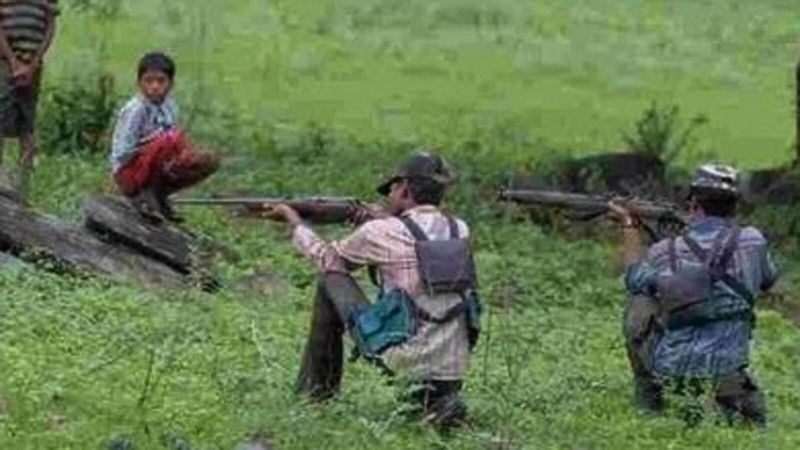
Naxalism has never been just a rebellion. It has been a shadow war against Bharat’s internal peace. Since 2004 alone, Maoist violence has killed 5,869 people, including both civilians and security forces, according to the South Asia Terrorism Portal (SATP). The toll is not just in lives lost but also in fear and underdevelopment. Entire tribal regions in central Bharat, especially Bastar, have lived in terror of landmines, kidnappings, and executions.
Security forces, working under the Centre’s strong mandate, have changed the game. They are no longer reactive, they are leading a calculated and coordinated assault. The Naxals, once thought to be elusive and unbeatable in their jungle strongholds, are being tracked, cornered, and neutralised. This is not just a tactical success, it reflects a deeper political and national will to bring peace to regions that have long suffered from isolation and terrorism.
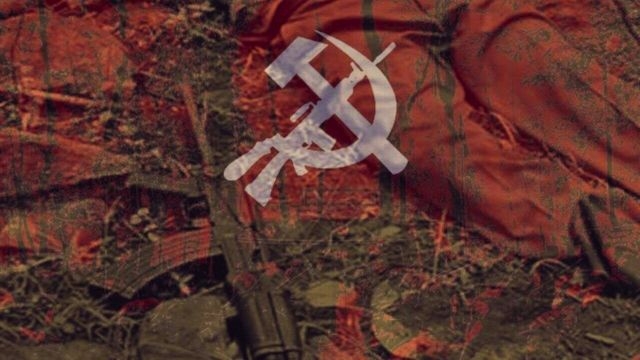
What makes this phase different is the refusal of the government to allow Naxalites to regroup or bargain. For years, Naxalites have misused peace talks to buy time and rebuild their strength. But now, their ideology appears hollow, their actions exposed. Their recent call for peace is not a sign of strength, it is a clear sign of defeat.
But what comes after Naxalism? The answer holds both hope and responsibility.
The tribal communities of central Bharat have borne the brunt of the terrorism. These are people who have lived in the crossfire of ideology and military conflict. With the end of Naxalism, they may finally experience normalcy. The constant fear of stepping on an improvised explosive device (IED) or being punished for speaking to the police might soon become a thing of the past.
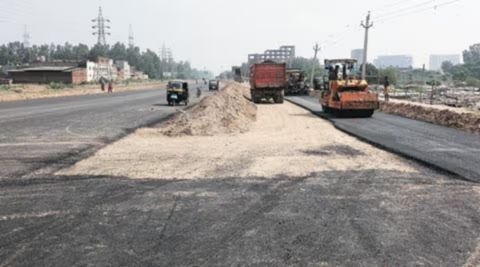
Development, which has long been blocked by Naxal activities, will finally have space to take root. Roads, schools, hospitals, and electricity grids often became targets for Maoists who saw infrastructure as a threat to their control. Now, with security forces in command, the government has a unique opportunity to rebuild and restore faith in the state. For the first time in decades, it may be possible to deliver real change in these forested areas.
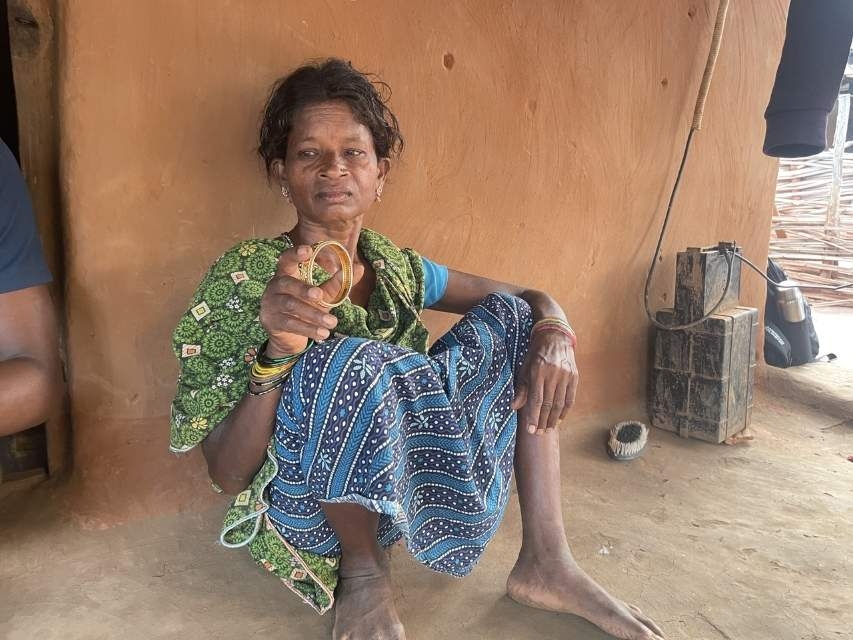
Families who lost sons and daughters to bullets or landmines will find some relief in knowing that others will not have to suffer the same. The grief of thousands of families, both tribal and in the armed forces, has been an invisible wound on Bharat’s conscience. The end of Naxalism will not erase the past, but it may help in healing it.
In the coming months, the focus must be on rehabilitation, education, healthcare, and trust-building. While the fight against Maoist terrorism is almost over, the fight to win hearts and bring inclusive development has just begun. The real victory against Naxalism will be when children in Bastar no longer dream of guns, but of books and jobs.
Article by
Shomen Chandra

